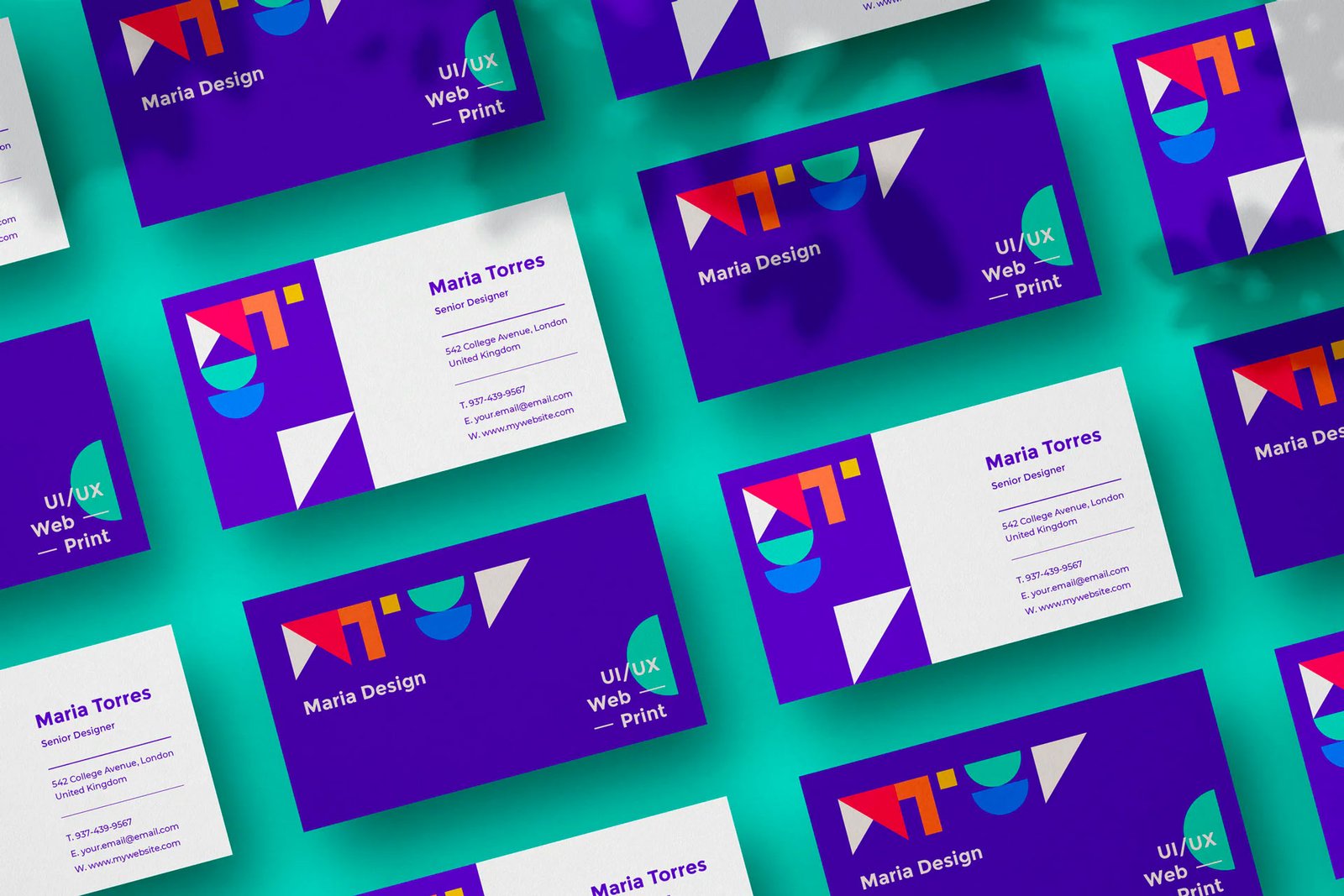Minimalism has evolved from being a niche aesthetic into a mainstream web design philosophy. As users’ attention spans shorten and the digital landscape becomes increasingly cluttered, simplicity has emerged as a form of sophistication. Minimalist web design embraces clean lines, ample white space, and essential content that serves a purpose — nothing more, nothing less.
A minimalist approach not only enhances visual appeal but also significantly improves usability. By stripping away unnecessary elements, websites load faster and become more accessible across all devices. This ensures visitors can find what they need without distraction or frustration.
In the era of search engine optimization and mobile-first design, minimalism isn’t just beautiful — it’s strategic. Brands that embrace simplicity communicate confidence and professionalism, earning user trust through clarity and elegance.
Minimalism has evolved from being a niche aesthetic into a mainstream web design philosophy. As users’ attention spans shorten and the digital landscape becomes increasingly cluttered, simplicity has emerged as a form of sophistication. Minimalist web design embraces clean lines, ample white space, and essential content that serves a purpose — nothing more, nothing less.
A minimalist approach not only enhances visual appeal but also significantly improves usability. By stripping away unnecessary elements, websites load faster and become more accessible across all devices. This ensures visitors can find what they need without distraction or frustration.
In the era of search engine optimization and mobile-first design, minimalism isn’t just beautiful — it’s strategic. Brands that embrace simplicity communicate confidence and professionalism, earning user trust through clarity and elegance.




